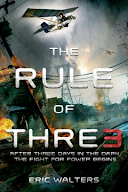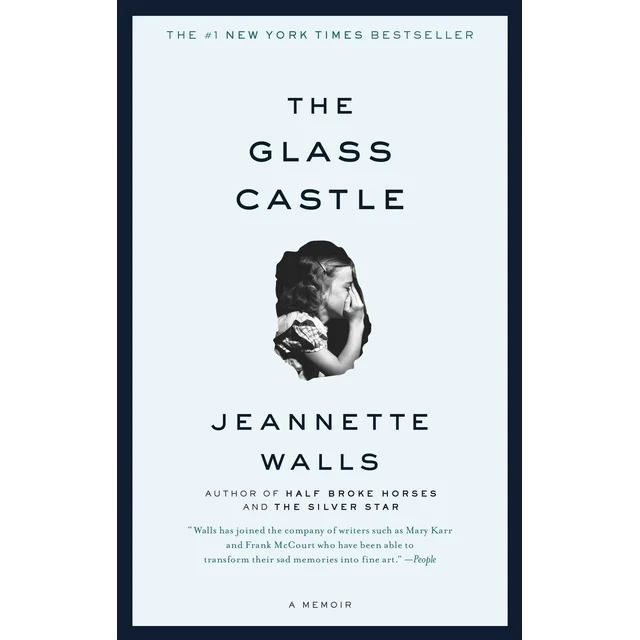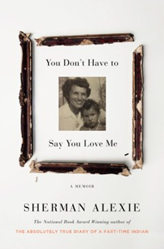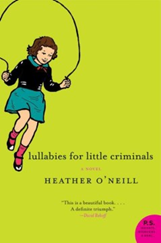Here I considered three ways that my library effectively markets our fiction collection to patrons.
LibraryAware - My library uses LibraryAware to create next reads newsletters for patrons. This design program makes it easy for libraries to promote their collections. At my library patrons can subscribe to Next Reads newsletters by choosing the specific genre newsletters they are interested in. You can check out our form here: https://libraryaware.com/3614/Subscribers/Subscribe. I really enjoyed the webinar this week about form-based readers advisory, especially the panelists' discussions about the various ways they use LibraryAware. It is a great tool, and I'm glad we use it at my library. I have created content for our teen Instagram page a few times using LibraryAware (see below for a spooky story Halloween post). It is so easy to use, very intuitive, and I think it's one of the best ways our library promotes our fiction collection.
Staff Picks - Regular staff picks displays are a great way to promote the library's collection. We currently have a physical staff picks display that is ongoing at my library. The display includes everything from books to movies to music cd's and audiobooks. Patrons gravitate toward these displays because they trust the recommenders (the library staff!). Patrons can chat with us about our picks, ask questions, and (hopefully) get a conversation going. We also include a staff picks section in our quarterly guide (see below). This is accessible to patrons online and in-person at the library.
Physical Displays - Aside from our Staff Picks Display, our library has a multitude of physical displays throughout the library. Most of our Adult and Teen Reference Staff is involved with creating and maintaining these displays. Currently we have a large display highlighting books about autism and another display of books of poetry and novels in verse to recognize Autism Awareness Month and National Poetry Month. We also have a Program Display with books and resources that support our programs. It's fun to pick out a book that might have not circulated well and give it a place of prominence on the display shelves. Displays allow us to draw attention to low-circulating titles that might still appeal to readers and it enriches our patrons' browsing experience.
I really enjoyed learning about the importance of effective RA marketing and the methods different libraries are using to promote their collections. While my library does many things right, there are a few marketing tools that I think would be worthwhile additions. Form based RA and booktalks really caught my attention. I might have to talk to my manager!































